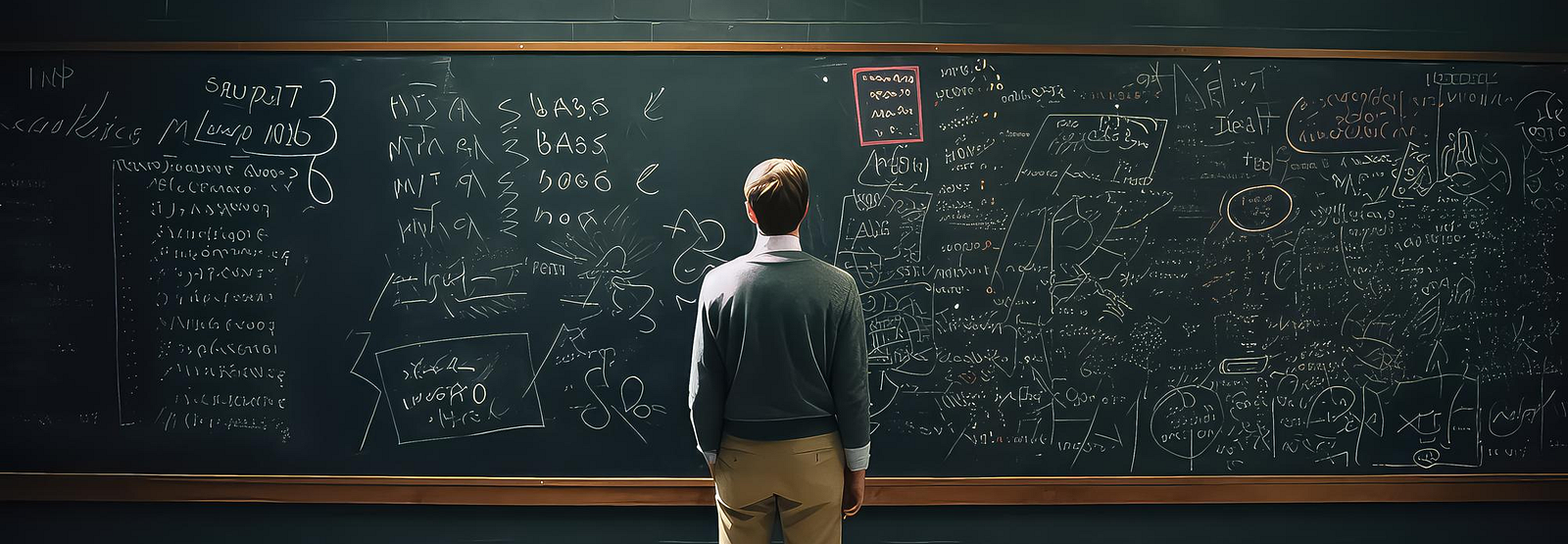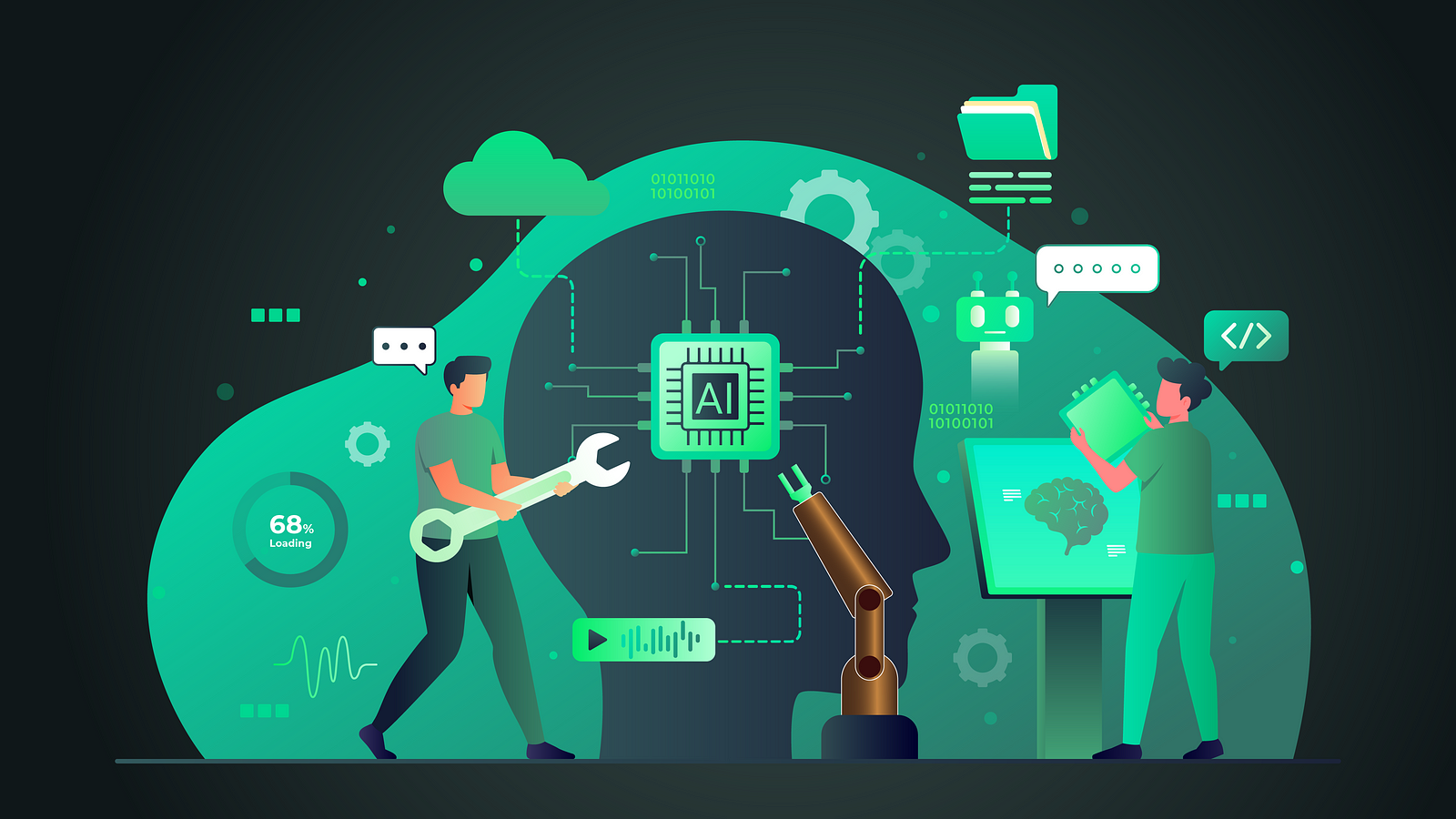
Where is next for GenAI? — Democratizing AI using GenAI
In today’s digital age, AI has emerged as a powerful force, revolutionizing the way we conduct business, make decisions, and interact with technology. The current state of AI is marked by remarkable advancements in machine learning, natural language processing, computer vision, and reinforcement learning. These technologies have already made their mark in fields as diverse as finance, healthcare, manufacturing, and logistics. In recent times, the emergence of generative artificial intelligence (GenAI), exemplified by innovations like chatGPT, has captured the world’s attention. This groundbreaking technology has sent shockwaves across industries, promising to reshape the landscape of artificial intelligence adoption.
From an industry perspective, the journey of AI adoption has been marked by disparities. In Malaysia, the usual titans in the oil and gas, financial services and telecommunications lead the charge. However, the advent of GenAI is poised to level the playing field. Within organizations, GenAI represents a paradigm shift by democratizing access to AI capabilities. It empowers a broad spectrum of users, ranging from traditional tech professionals to enterprise functions such as taxation, human resources, and legal affairs.
The productivity gains achieved through the application of GenAI in the three core functions of software development, customer service and creative content generation are indisputable and have been demonstrated through numerous global use cases. However, its true value, which is yet to be fully unleashed, lies in its ability to democratize the utilization of AI across every echelon of an organization.
its true value, which eagerly awaits to be fully unleashed, lies in its ability to democratize the utilization of AI across every echelon of an organization.
There have been calls to democratize AI, yet its adoption remains low. For many non-tech users, AI appears overwhelmingly complex, causing many to shy away from even attempting to use it. They feel that AI is too difficult to learn, usually only applicable for complex tasks, and therefore should be left to the “professionals”. However, with the advent of GenAI, there are no more excuses. Everyday tasks can be automated with a simple request to chatGPT.

A personal anecdote illustrates this: During my first job, I needed to consolidate data from various worksheets and perform calculations. This task consumed four days. Over one weekend, I opted to write a VBA script to automate this, a step many Excel users then, and perhaps even now, wouldn’t consider. This automation shortened the process from four days to just an hour. At the start of each month, I’d activate the code and leisurely make tea as it ran. To my boss, this appeared as a two-day productivity increase, but I also gained two days which I use to engage in more stimulating projects — a true win-win. This, was before the age of GenAI, and not everyone was coding-savvy. But now, with ChatGPT, one can simply type in a request and receive step-by-step guidance and the necessary code — all in under a minute.
In enterprise functions such as tax, HR, legal, and compliance, toolkits powered by GenAI can serve as a first-line response, assist in SOP verifications, or facilitate rapid competitive benchmarking, among other utilities. The complexity of legal documents is a common challenge — clear English words that become confusing when they are convolutedly stringed together in multiple paragraphs; what could be conveyed in a simple sentence often sprawls into multiple paragraphs in legal jargon; to make things worse, there’s only one lawyer to answer the queries of 100 people. GenAI can act as a first-line response, addressing straightforward inquiries and reserving the more intricate ones for the lawyer. Such efficiency scales significantly in larger corporations.
At more advanced levels of the tech hierarchy, GenAI is also invaluable. It aids engineers in distilling design charts, furnishing data for root cause analysis, and serving as a collaborative tool in drafting automation codes.

The value of GenAI to democratize AI applications is profound. Yet, I am a firm believer that one cannot truly understand the potential of a technology until one understands its limits. This is no different when it comes to GenAI. When used as a chatbot, GenAI is an excellent storyteller. But that’s its primary strength — it’s “just” a storyteller. Like all great storytellers, there is a risk that they might exaggerate or, even worse, misrepresent facts. Moreover, GenAI can produce very convincing but entirely incorrect outputs. When GenAI does this, we tend to give it the benefit of the doubt by saying it has “hallucinated” rather than lied. Always remember, “GenAI sometimes give you the right solution, but always give you a convincing answer.” So, why would we trust such a storyteller to provide us with credible solutions? It’s because this particular storyteller, GenAI, has been imbued with vast knowledge. When it draws upon this information, it often provides the correct answer. However, it does not make an attempt to solve the problem logically. Thus, the optimal way to utilize GenAI is to augment human intelligence, not to replace it. Use it to summarize vast amounts of knowledge, but not as the sole source of knowledge. Only by understanding its capabilities and limitations can we truly harness the power of this transformative technology.
“GenAI sometimes give you the right solution, but always give you a convincing answer”
In summary, the emergence of genAI is not just a technological revolution; it’s a democratizing force that promises to reshape industries, empower individuals, and drive innovation across all facets of organizations. And this, is only the beginning. ChatGPT is, after all, only a little less than one year old when this is written.
